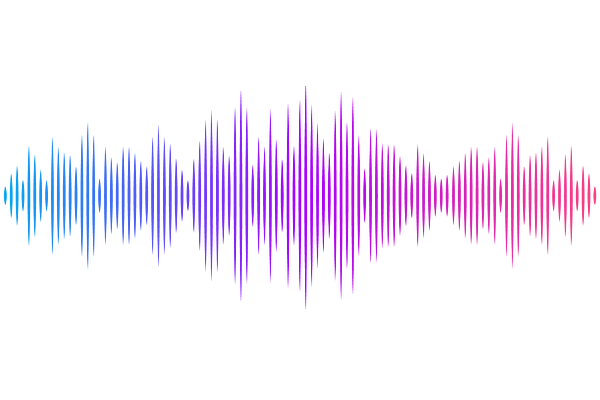PRISM: Multiplexed Profiling of RNA In-Situ through Single-round of Imaging in Three-Dimensional Tissue

PRISM: Multiplexed Profiling of RNA In-Situ through Single-round of Imaging in Three-Dimensional Tissue
Chang, T.; Zhao, S.; Deng, K.; Liao, Z.; Tang, M.; Zhu, Y.; Han, W.; Yu, C.; Fan, W.; Jiang, M.; Wang, G.; Liu, D.; Peng, J.; Pang, Y.; Fei, P.; Wang, J.; Zheng, C.; Huang, Y.
AbstractTo resolve many RNA species in situ, cyclic reactions are typically necessary to increase the multiplexity since conventional fluorescence microscopy is often limited to five channels. Therefore, sophisticated instrumentation is needed to perform in-situ sequencing or sequential fluorescence in-situ hybridization imaging, restricting the widespread adoption of spatial RNA imaging methods among biological research communities. Here, we present Profiling of RNA In-situ through Single-round of iMaging (PRISM), which leverages the spectral intensity levels to expand the coding capacity. With a radius vector coding strategy to ensure the orthogonality of codewords, PRISM can reach up to 64-plex RNA imaging in a single imaging shot with conventional microscopes. As a panel-based spatial transcriptomic imaging approach, the entire experimental process can be completed within one day. We verified PRISM versatility on various tissues, such as mouse brains, mouse embryos, and human hepatocellular carcinoma (HCC) samples, generating more than 5.7 million annotated cells. We performed quasi-3D spatial landscapes to track major cell types in different organs during embryonic development from E12.5 to E14.5. We also revealed the critical role of cancer-associated fibroblasts (CAFs) on immune infiltration and immune response heterogeneity within and between tumor microenvironments. We extended PRISM to 100-um thick mouse brain slices to generate accurate 3D cell atlas and subcellular RNA localization landscapes. PRISM is robust and easy to operate, with a fast turnaround time and sub-cellular resolution, offering a new transcriptomic imaging toolbox for all biologists.